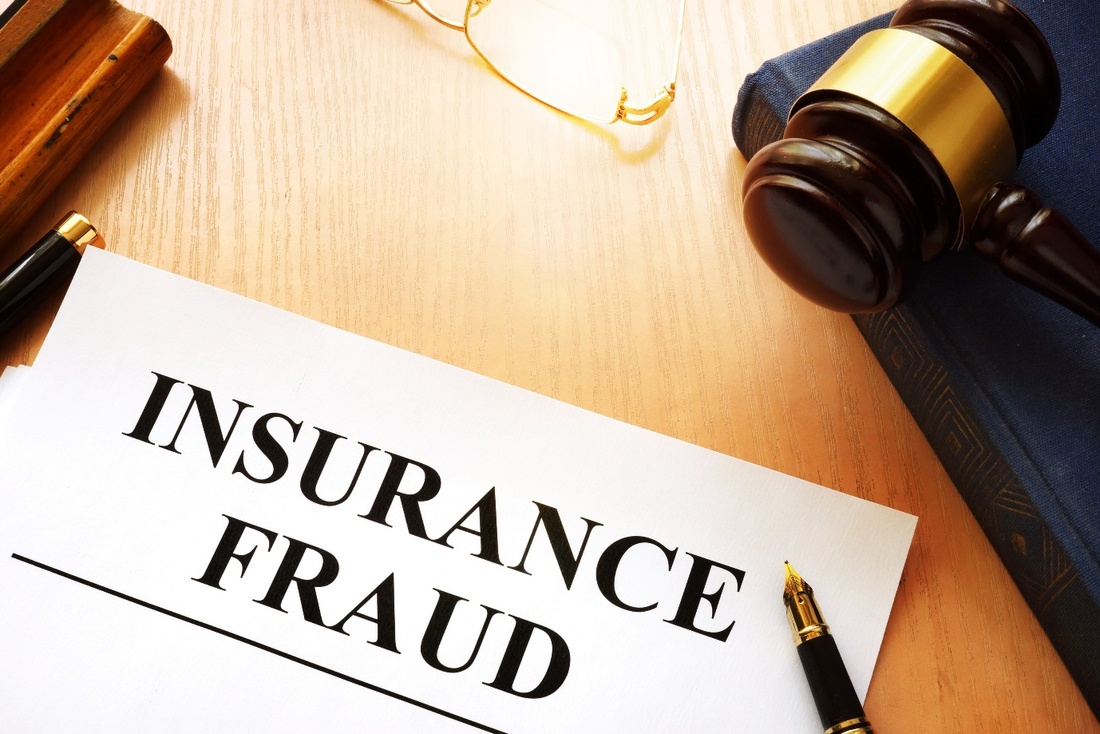
Insurance fraud is any act that is done to obtain an improper payment from an insurance company. Insurance fraud is a widespread problem that drives up insurance costs and costs the industry billions each year. According to one source, insurance fraud is worth $80 billion annually. However, it is challenging to detect insurance fraud because of the way the criminal commits it.
Police and prosecutors often refer to insurance fraud schemes as "hard fraud" and "soft fraud." Hard Fraud, the more common of the two, is when a criminal intentionally destroys property to collect on an insurance policy. Soft fraud is when a policyholder makes a false claim or when someone applies for an insurance policy. This can be used to lower the policy's price.
Insurance fraud is when an insurance policy has a higher value than the insured property. This situation gives the insurance policy owner the incentive to commit fraud and destroy the property to make it appear like an accident to collect. According to authorities, fraudsters stole $766 million from insurance companies in this way in 2006.
Insurance claims filed by fraudsters for accidents that did not occur are also common. To get their family the life insurance policy, owners have often faked their death to receive their benefits. The fraudster then receives money from their family while hiding in remote or foreign locations.
Patients or physicians can also commit healthcare insurance fraud. Doctors can commit fraud when they falsify the type of treatment they gave to patients to get coverage. They also may alter treatment costs to make more money. When patients provide false information in the application process for specific programs and services, forging or selling prescription medications, or using transportation benefits for non-medical purposes.
Fraudulent claims regarding automobile insurance include those where a policyholder files multiple claims for one accident, files various claims for the same accident, files claims not related to an auto accident, reports wage loss due to injuries, and reports higher car repair costs than what was paid. In addition, to avoid paying higher premiums, policyholders may register their cars at a different address than their actual residence.
Health care fraud is a white-collar crime in which dishonest claims are made to make a profit. There are many types of fraud in health care. These include individuals who obtain subsidized or fully covered prescription pills and then sell them on the black market for a profit. In addition, health care fraud can be committed by members who provide false information to apply for programs or services.
The health care provider will pass on the costs of a health care fraud to its customers when it is committed. Statistics show that 10 cents per dollar spent on healthcare is used to pay for fraudulent claims.
Legislation passed by Congress requires that insurance companies pay legitimate claims within 30 days. However, these agencies are often limited by the 30-day rule and do not have sufficient time to conduct an adequate investigation before an insurance company has to pay.
The conviction of a health care provider who is successfully prosecuted can have severe consequences. The penalty for the health care provider is incarceration, fines, and possible loss of the right to practice medicine.
18 U.S.C. 1347 Health Care Fraud

White-collar crime
White-collar crime is generally a collection of nonviolent crimes usually committed in commercial settings for financial gain.
Here is a comprehensive list of white-collar crimes: antitrust violations, bankruptcy fraud, bribery. Computer and internet fraud. Counterfeiting. Credit card fraud. Economic espionage. Trade secret theft. Eminem. Environmental law violations. Financial institution fraud. Government fraud. Healthcare fraud. Insider trading. Insurance fraud. Intellectual property theft/piracy. Kickbacks. Mail fraud. Money laundering. Tax evasion. Telemarketing fraud. Public corruption.
White-collar crime is brutal to prosecute as the perpetrators use complex means to hide their activities through a series of complicated transactions. Whistleblowers can be particularly useful to prosecutors for white-collar crimes because they report internal wrongdoing. For example, the Securities and Exchange Commission received an increasing number of whistleblowers in 2015. In 2015, they received 3,923 tips about corruption, bribes, and other white-collar crime.
While individuals usually commit a white-collar crime, the government can also sanction corporations for these crimes. White-collar offenses can result in fines, home detention, and community confinement, as well as forfeitures, supervised release, and imprisonment. In addition, Federal Sentencing Guidelines recommend a longer sentence for those who have caused substantial financial harm to at least one victim.
The activities that are white-collar crimes can be found in both federal and state legislation. They all participate in the enforcement and enforcement of federal white-collar crime legislation. In addition, many states also have agencies that enforce white-collar crimes laws at the state level.
The "Responsible corporate officer" (R.C.O.) doctrine, also known as the "responsible relationship doctrine," creates a presumption a high-ranking corporate official is aware of the wrongdoings of their company. Thus, a corporate officer could be found guilty if they had not known of the crime. Two Supreme Court cases established this principle: the United States, 320 U.S. 278, (1943), and the United States, v. Park (421 U.S. 658 (1975).
Dotterweich was the case in which the government brought Dotterweich, president, and general manager at Buffalo Pharmaceutical Company, to trial for violating the Federal Food, Drug, and Cosmetic Law by shipping low-quality pharmaceuticals. Dotterweich was not charged with the offense, but the government did not provide evidence. As a result, the Supreme Court was convicted.
Park, the president of a national chain of food stores, was convicted in 2003 for failing to eradicate a rodent infestation at a warehouse that belonged to his corporation. Park claimed that he had delegated responsibility for such infestations to his trusted employees. The Supreme Court in the United States against Park rejected Park's defense and upheld Park's conviction. Park was found guilty by the Supreme Court because he held a position in an enterprise that directly affected public welfare and health.
Currently, the R.C.O. doctrine can be used by prosecutors to support charges against a corporation or company that engages in white-collar crime conduct.
Xavier Alvarez presented himself at a 2007 District Board meeting as a recipient of the Congressional Medal of Honor and was convicted under the Stolen Valor Act. Alvarez challenged Alvarez's Stolen Valor Act, claiming that it violated his Freedom of Speech under the First Amendment. The Supreme Court affirmed that the Stolen Valor Act was unconstitutional because it violated the First Amendment.
President Barack Obama amended the Stolen Valor Act on June 3, 2013. It is now 18 U.S.C. SS 704(b),-(d). The 2013 Stolen Valor Act is different from the original Stolen Valor Act. This Act punished individuals for falsely claiming a medal or decoration.
All defense available to non-white-collar criminal defendants in criminal courts is also available for white-collar crime victims. The Supreme Court also considered the following arguments.
